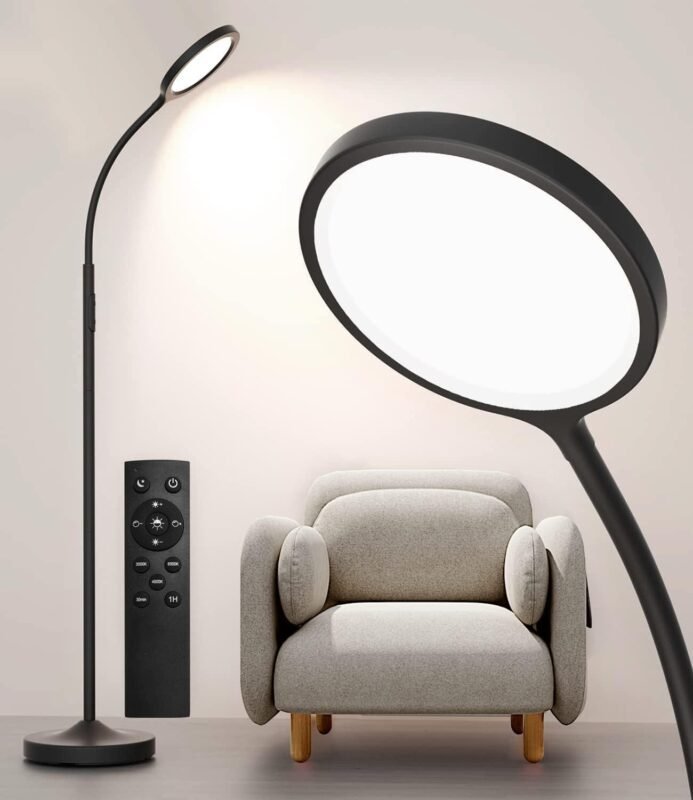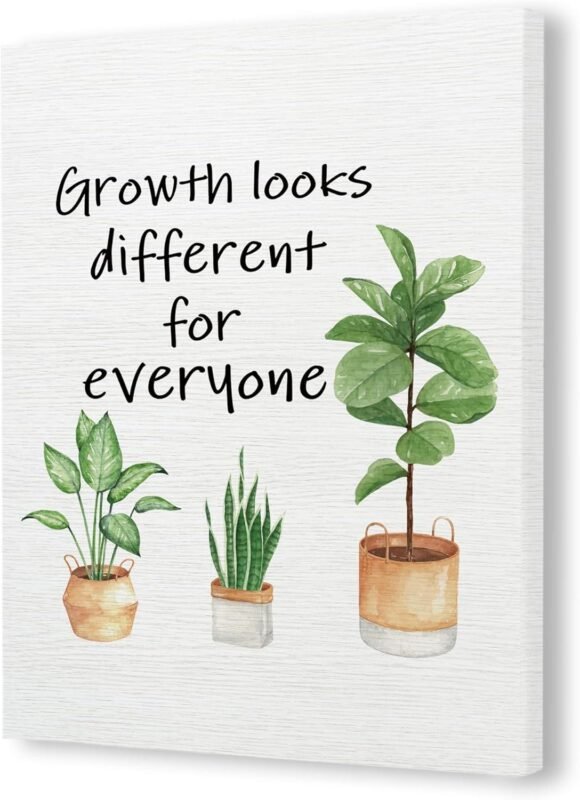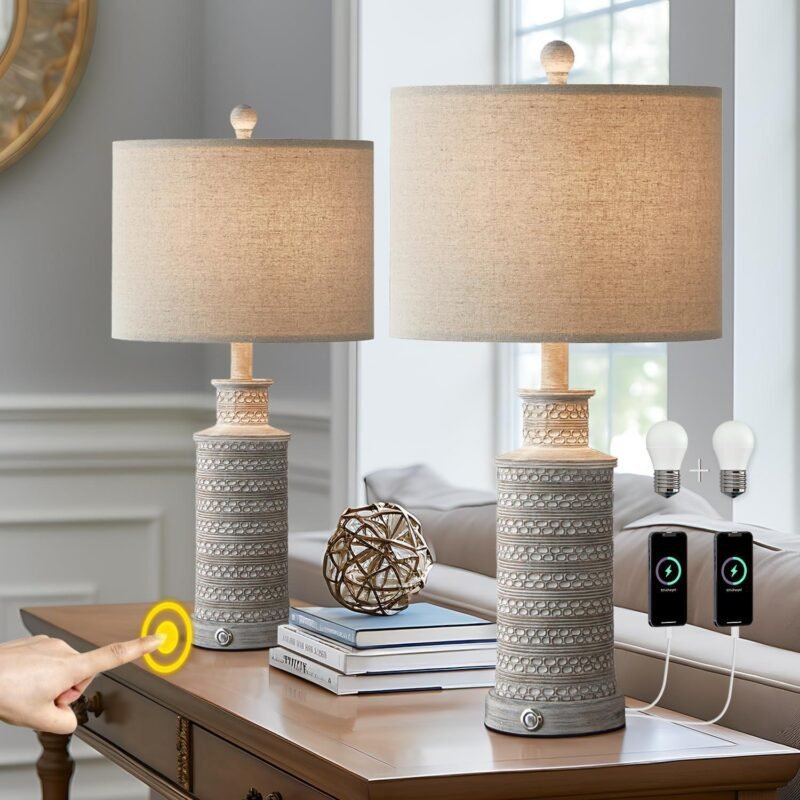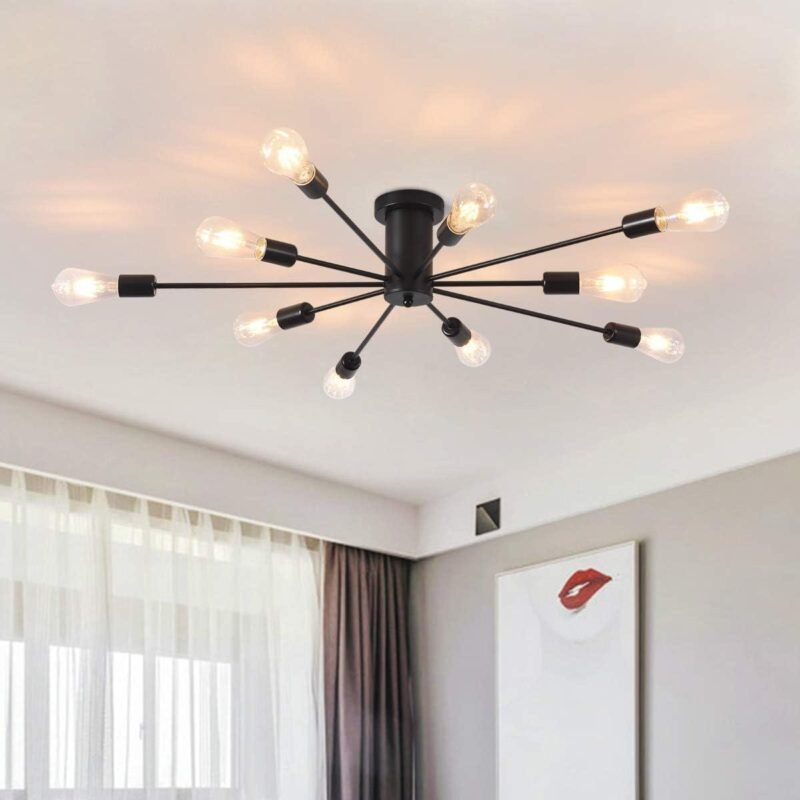Is it common to use neutral color palettes for living room design?

When it comes to designing a living room, choosing the right color palette is a crucial decision that can set the mood and style of the entire space. Neutral color schemes have become increasingly popular among homeowners and interior designers alike, but is it really common to use these subtle tones for living room design? In this article, we’ll explore the reasons behind the widespread use of neutral palettes, their benefits, and how they can create a warm, inviting atmosphere that suits a variety of tastes and lifestyles. Whether you’re planning a makeover or simply curious about design trends, understanding the role of neutrals can help you make informed choices for your living space.
The Popularity of Neutral Color Palettes in Living Room Design
Neutral color palettes have become a cornerstone in living room design due to their timeless appeal and incredible versatility. Shades like beige, gray, taupe, and soft whites create a calming environment that serves as the perfect backdrop for various styles, from modern minimalism to rustic charm. this subtle color approach allows homeowners to experiment with textures, patterns, and accent colors without overwhelming the space.
Many designers and homeowners appreciate the flexibility that neutral palettes offer, as highlighted in the table below:
| Benefit | Why It Matters |
|---|---|
| Timelessness | Neutral tones rarely go out of style, ensuring longevity |
| Easy Coordination | Simplifies pairing with furniture and decor pieces |
| Expands Lighting Options | Reflects natural and artificial light beautifully |
| Creates Calm | Promotes a soothing and relaxing atmosphere |
- Neutral shades act as a blank canvas that adapts to seasonal decor changes effortlessly.
- They enhance the perception of space, making even compact living rooms feel larger and airier.
- Neutral color schemes promote harmony, balancing bold furniture or art without competing visually.
Benefits of Choosing Neutral Colors for a Versatile Living Space
Choosing a neutral color palette for your living room creates a harmonious backdrop that enhances adaptability and longevity in design. These hues-ranging from soft beiges to gentle grays-offer a subtle elegance that complements both modern and customary furnishings effortlessly. As neutrals do not compete for attention, they allow your furniture, art, and decorative accents to shine. This makes it easier to refresh your living area frequently, whether by swapping throw pillows, adding bold artwork, or bringing in textured fabrics without committing to a full repaint.
Beyond versatility,neutral tones contribute to a calming atmosphere,making your living room a welcoming retreat after a busy day. Their understated nature supports natural light, enhancing the room’s brightness and the perception of space. The following table highlights some key benefits:
| Benefit | Effect in Living Room |
|---|---|
| Timeless Appeal | Works well with evolving trends and décor styles |
| Easy Coordination | Pairs effortlessly with almost any other color or pattern |
| Soothing Ambiance | Creates a relaxed and inviting space |
| Enhanced Lighting | Reflects light, making rooms feel brighter and larger |
how to Incorporate Texture and Accents to Enhance Neutral Living Rooms
When working with neutral tones such as beiges, greys, and soft whites, layering texture is key to preventing the space from feeling flat or sterile. Integrate a variety of tactile elements like woven throws, linen cushions, and natural fiber rugs to create a cozy yet refined atmosphere. These textural details add depth without overwhelming the calm base palette, maintaining the room’s airy and inviting vibe. Additionally, mixing materials such as wood, leather, and metal in furniture and accent pieces can introduce subtle contrast and visual interest.
Accents don’t always have to be vibrant colors to stand out. Consider subtle shades like muted blues, soft blushes, or earthy greens in decorative objects, art, or plants to bring life to the room while preserving harmony. You can also experiment with metallic finishes-brushed brass or matte black hardware injects a modern edge without disrupting the serene neutral look. Here’s a quick reference on which accents complement popular neutrals:
| Neutral Base | Recommended Accent Colors | Suggested Textures |
|---|---|---|
| Warm Beige | Soft Terracotta, Olive Green | Jute Rugs, Velvet Cushions |
| Cool gray | Dusty Blue, Charcoal | Knitted Throws, Polished Metal |
| Off-White | Blush Pink, Sage Green | Linen Fabrics, Natural Wood |
Tips for Balancing Warm and Cool Tones in Neutral Color Schemes
Achieving harmony between warm and cool tones within neutral color palettes requires intentional layering.Start by selecting a base shade that leans slightly warm or cool to set the overall mood. As a notable example, a warm beige will evoke coziness, while a cool gray introduces a tranquil vibe. From there, incorporate accents in shades that contrast just enough to create depth without clashing. To make this easier, use natural elements like wood with warm undertones or metal fixtures in cool brushed nickel. this mix not only balances temperature but adds tactile interest to your living room.
Consider the following subtle tips to refine your scheme:
- Mix fabrics: Pair warm-toned throws with cool cushions for a layered effect.
- Lighting matters: Use bulbs with adjustable warmth to shift the atmosphere day or night.
- Artwork and décor: Integrate pieces that blend both warm and cool neutrals, creating visual cohesion.
| Element | Warm Tone Example | Cool Tone Example |
|---|---|---|
| Base Paint | Soft Cream | Stone Gray |
| Fabric Accents | Burnt Orange Throw | Slate Blue Pillow |
| Materials | Oak Wood | Brushed Nickel |
In Retrospect
neutral color palettes remain a popular choice for living room design due to their timeless appeal, versatility, and ability to create a calming atmosphere.Whether you prefer soft beiges, warm grays, or crisp whites, neutrals provide a perfect backdrop that can easily be personalized with colorful accents and textures. Embracing a neutral palette allows homeowners to craft inviting, elegant spaces that adapt to changing trends and personal tastes over time. If you’re considering a fresh look for your living room, exploring neutral tones might just be the smart and stylish solution you’ve been looking for.












